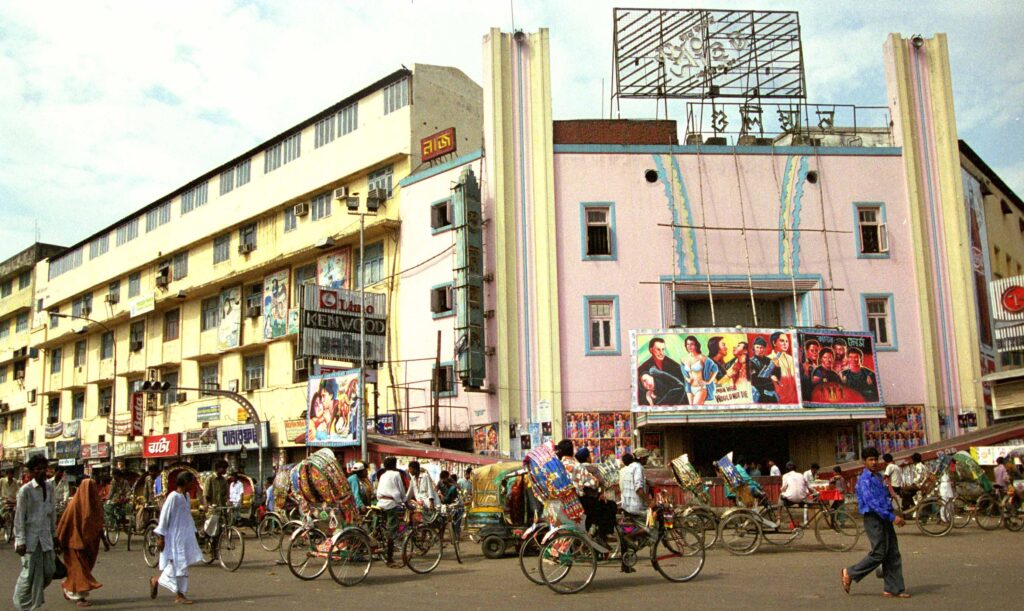Bangladesh 500 years

A few years ago, I became aware that it was impossible to understand and make sense of our identities, cultures, aspirations, feelings and conflicts without going deeper into our history.
As such, I saw the 50th anniversary in 2021 as an opportunity to generate more interest in learning our history in a more in-depth way by going back to deeper periods in the past than the usual focus on the 1947 partition, the creation of India and Pakistan and the emergence of Bangladesh in 1971.
I recently worked with Brick Lane Circle in conceptualising, developing and launching, in January 2020, a history writing competition project called ‘Bangladesh 500 (1500-2000). However, the coronavirus pandemic forced us to cancel the initiative.
As an alternative, I set up a Facebook group on the topic to encourage and help generate new research and debates on the last five hundred years of our history. To lead the process on, I decided to undertake some personal research and write an article, hopefully once a month during the whole of 2021, on an aspect of our history covering 1500-2000.
Why 500 years?
There are three main reasons for choosing the last five hundred years of history for this initiative.
The idea, from half a century (50 years) to half a millennium (500 years), sounds quite nice.
In the early 1500s, the first Europeans – the Portuguese – arrived in Bengal and introduced new dynamics.
The Moghuls and the British, both new entrance to our country’s history, ruled during the 16th-20th centuries and have left about four hundred years of legacies, good and bad, that we are dealing with currently.
Looking at what happened since 1500, it seems that the last five hundred years period represents a definite break from the previous one: 1200-1500.